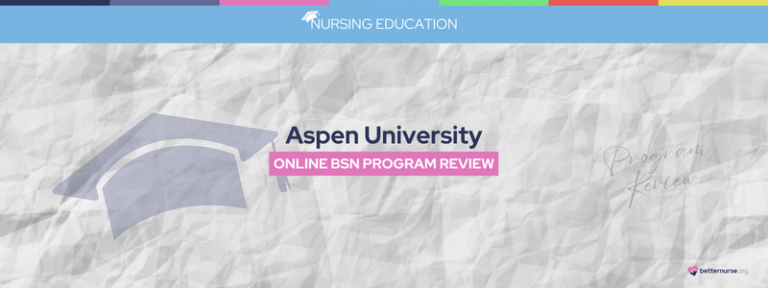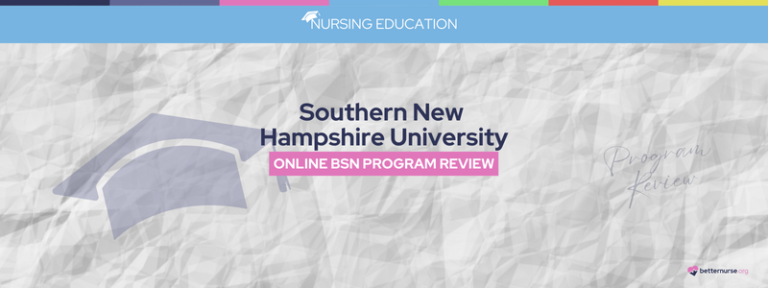Bachelor of Science in Nursing (BSN) Degree
bSN Degree
A bachelor’s in nursing prepares you to meet the demands of the healthcare industry. Learn how you can switch careers and earn a BSN degree.
Average BSN Program Length
4 years
Average Credits Required For a BSN
120 credits
BSN Average Annual Salary
$52,080-$111,220
Opportunities With an BSN
Good Career Possibilities
Most administrative and supervisory positions require a Bachelor of Science in Nursing.
Paths to Advance
Grants entry to master’s or doctoral nursing programs, leading to career advancement and higher salaries.
Job Potential
With a BSN, a range of specialized nursing jobs outside of the traditional floor nursing is available.
Skills Learned
Clinical and leadership skills, case management, community participation, nursing care of children and adults.
Featured BSN Specialties
In addition to hospitals, BSN-educated nurses can also work in a variety of other healthcare settings, including community health centers, schools, and private practices. If you are interested in pursuing a BSN degree, researching these various career paths can help you find the best fit for your goals and interests
Registered Nurse
OGBYN Nurse
Neonatal Nurse
Geriatric Nurse
Travel Nurse
Bachelor's Degree in Nursing Salaries
While there are a variety of factors that influence the earning potential of a nurse, such as specialization, practice setting, and location, earning an BSN degree can greatly impact a nurse’s yearly salary with a $89,00 annually wage or ($3.74 per hour).
Admission Requirements for a BSN Program
BSN programs usually have unique admission criteria and credit requirements for various types of students, such as freshmen, transfer students, and international students. Nonetheless, several common admission requirements apply to all BSN applicants.
Many MSN programs expect incoming students to possess a BSN. However, some bridge or fast-track programs allow learners to enroll with an associate degree in nursing or a bachelor’s degree in another field.
The majority of MSN programs require applicants to possess RN licensure. Some programs also prefer candidates with 1-3 years of work experience, but this is not the case at every school. Fast-track programs accept students from other disciplines, so they do not expect RN licensure.
Most graduate schools set a minimum undergraduate GPA for admission. This may range from 2.5-3.2 or even 3.5 in very competitive programs.
Not every MSN program requires test scores, but some request students to submit GRE or MAT scores.
Core Concepts in a BSN Program
Bachelor’s of science in nursing programs include two phases: a didactic portion, which is taught in classrooms, and a clinical learning experience. Through lectures and reading assignments, students learn to promote safe solutions and good health, prevent and manage disease, reduce risks, and improve patient outcomes. Candidates gain foundational knowledge through core courses such as:
- Anatomy
- Community health nursing
- Pharmacology
- Leadership and management
- Nursing informatics
- Research and statistics
- Pathophysiology
- Psychology
Upper division courses explore speciality areas such as gerontology, global public health, maternal-child care, and pediatrics.
Clinical & Lab Components in a BSN Program
BSN programs may require students to spend time in a hospital, clinic, or lab stimulation setting in which they work an actual shift. During clinical experiences, candidates work under licensed RN mentors as they deliver medications, assess and diagnose patients, plan interventions, and monitor outcomes. By the end of the program, students can work independently with their own patients. Clinicals offer the opportunity to:
Shadow working RNs
Apply classroom skills on patients
Network with future employers
Build
confidence
What to Expect From an Online RN-to-BSN Program
Students earning their RN-to-BSN or second degree BSN have the option of attending an online program instead of traditional face-to-face classes. Online RN-to-BSN degrees let students take core classes in anatomy, pharmacology, and psychology remotely. While distance learners do not have to meet on campus for their foundational courses, they must complete clinicals or labs in their local communities. During a program’s clinical component, students work in labs or at their local hospitals, clinics, or nursing care facilities.
Students are often required to find their own clinical experiences. Nothing, aside from the format, differentiates online degrees from traditional programs. Online learners receive the same degree and education, learning from professors who work on campus. Instructors use online learning platforms to meet live with students or assign online work.



